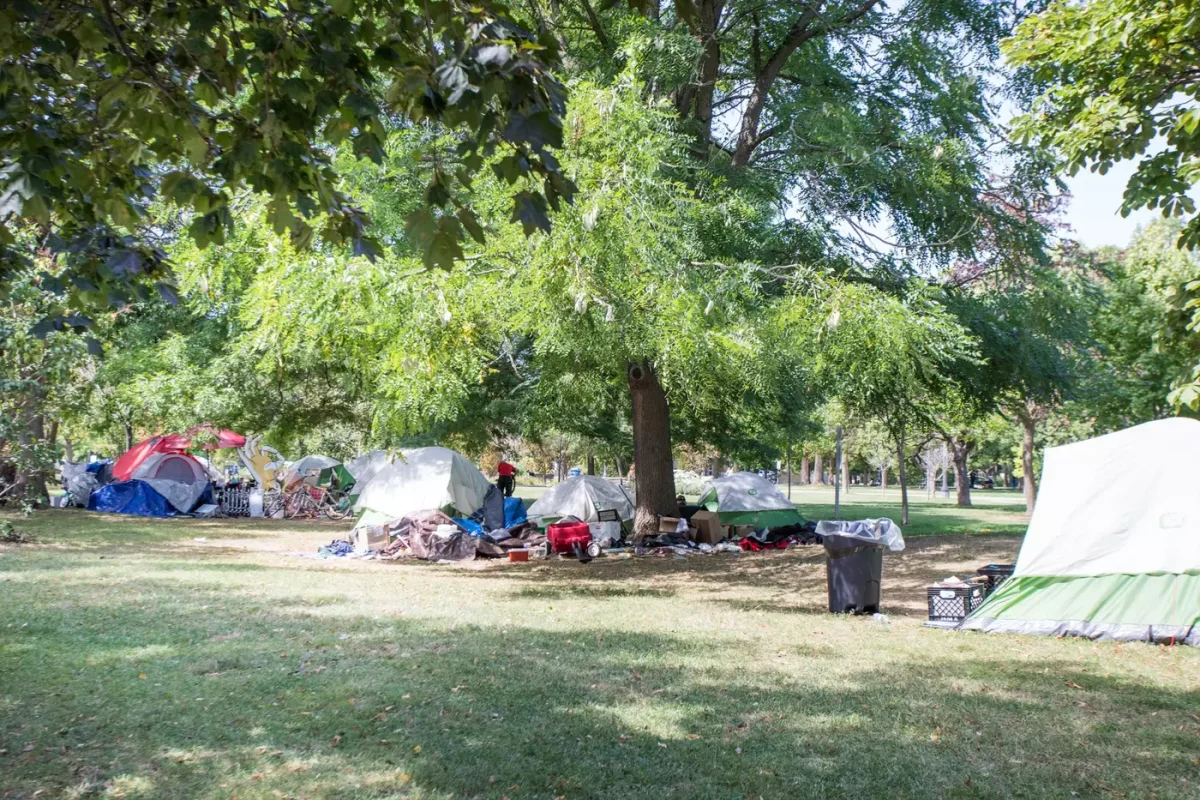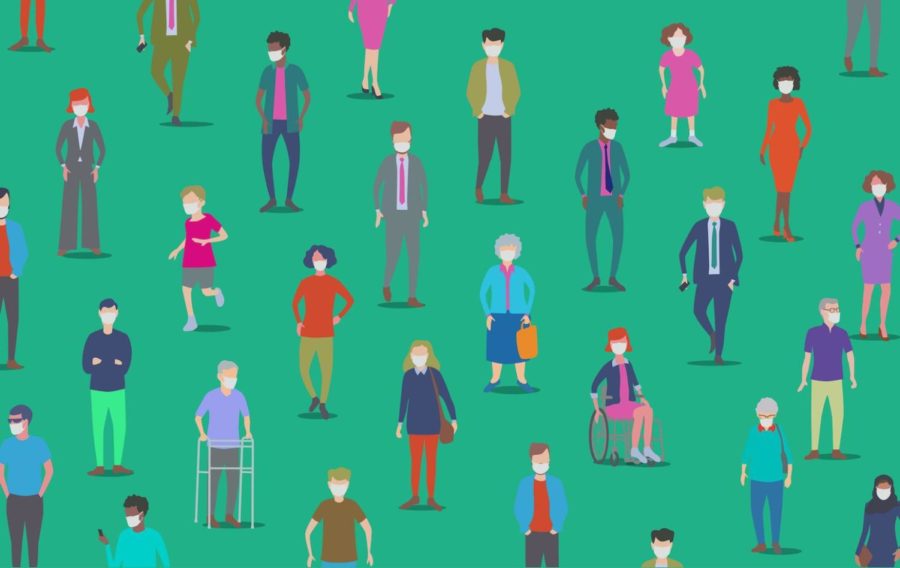Over the past few months, many people living in homeless encampments, such as in Kensington Market and Clarence Square Park, have been evicted by the City of Toronto. These actions were typically driven by community letters by housed people sent to the government requesting action. These evictions were executed hastily and have stirred frustration among activists, homeless individuals, and citizens alike.
Homeless encampments are areas where multiple homeless people live, usually on public property, with minimal forms of shelter, such as tents. These areas have no electricity or running water. According to data from the National Survey on Homeless Encampments conducted in Canada in 2022, up to 23% of homeless people reside in encampments. Diane Chan McNally, an activist for the homeless, informed the Kingsley Voice about the reality of these encampments and how homeless people come from all walks of life, regardless of age, education, and profession. Chan McNally said, “when we evict people living in encampments, we’re causing harm to people just like us who only live there because we simply do not have enough safe shelter or enough affordable, accessible housing for them to go.” She also adds that evictions do not solve the problem of affordable housing, and many homeless people simply move to another place to set up their next encampment.
Misconceptions regarding unhoused people fuel the idea that encampments deteriorate the city’s atmosphere and make housed people unsafe, justifying the displacement of unhoused people from encampments. Chan McNally also stated, “I also think there are some people, including in the government, who simply do not want to see people who are homeless – it’s an eyesore, or bad for tourism, or it simply makes people feel uncomfortable. But feeling uncomfortable doesn’t mean you are actually unsafe, or that every homeless person is a ‘criminal’ or ‘dangerous.’” This further highlights the importance of avoiding bias when in these discussions, as the misconceptions many hold about unhoused people further stigmatize the topic. Moreover, many homeless people choose not to move into homeless shelters and these encampments hold support systems with resources often unavailable in the shelters. Shelters can separate people from family, friends, pets, or support animals, sometimes lack mental health services, and have frequent cases of assault and theft. Oftentimes, unhoused people who are evicted from their encampments and for whom shelters are not an option simply move back after authorities leave the cleared area.
One of the many criticisms Torontonians have about encampment clearings is the prioritization of efficiency over people. During many of these encampment evictions, the police work with such urgency and aggression that is unnecessary and cruel to the people evicted. Moreover, there is a broader criticism regarding the dehumanization of homeless individuals. While the city claims encampment clearings aim to reclaim public property for proper community use, they fail to recognize that homeless individuals are also part of the community and deserving of support.
Instead of rushing to clear encampments, there is a need for the city to invest in housing and services for the homeless population. These encampments emerged as makeshift solutions to substitute the lack of public services, clearly displaying the systematic failure of the government to support homeless people. This visual display of the government’s failure with housing and services factors into the haste they take in clearing these encampments, as these homes serve as a constant reminder to citizens of the government’s incompetency. When housed residents of areas with encampments turn their blame on homeless people -victims of the government’s inadequacy – they fail to hold the root of the problem accountable.
Chan McNally says that the Toronto Government cannot solve this issue alone, and all levels of government must work together to mend the factors causing homelessness and make shelters a safer area, saying, “They can also do much, much more to improve safety and the amount of space in the shelter system, distribute life-saving resources to people (like fire-safe camping equipment), and stop evicting encampments, understanding there really is nowhere else for people to go – except to sleep on the sidewalk, in a parking garage, or on the TTC, all of which are inadequate.” Instead of simply clearing encampments, efforts should be directed toward improving shelters and addressing the underlying issues that contribute to homelessness, such as the housing crisis and inequality. It is imperative for the municipal government to reflect on the systemic barriers faced by homeless individuals and invest in comprehensive solutions to provide the support and dignity they deserve.









